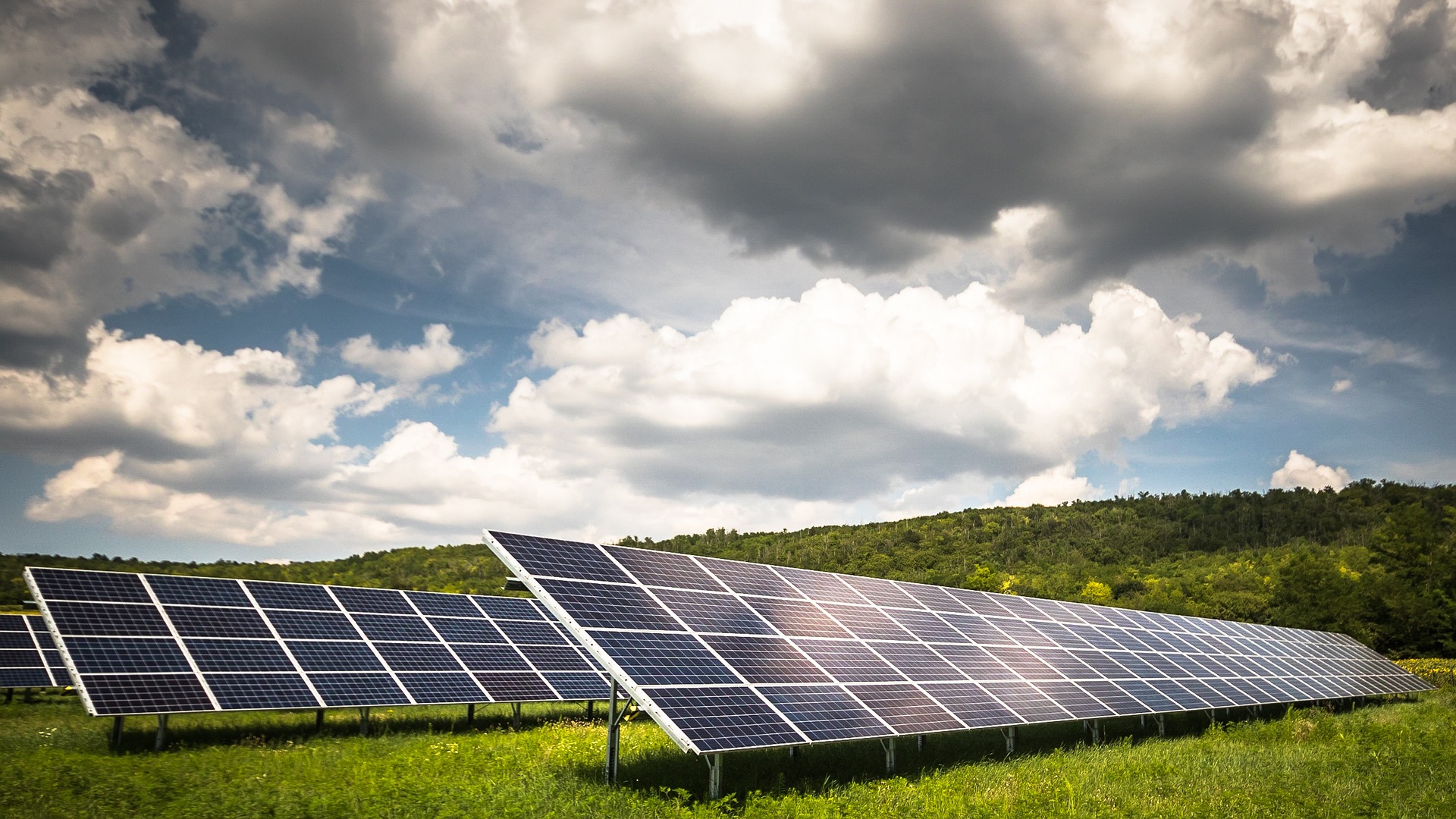Energy usage and cost is a huge issue for homes, businesses – everyone – but sometimes forgotten is the role of farmers in conserving resources and limiting carbon emissions.
Now, price rises and uncertainty mean there’s little chance of farmers themselves forgetting.
UK businesses are on track to pay four times the electricity price they did in 2020 according to the consultancy Cornwall Insight, and agricultural won’t escape the trend.
Farming is the UK’s eighth-biggest energy consumer by industry sector, using 2.79m tonnes of oil equivalent in 2015. One farm in Essex is threatening to close at a cost of 130 jobs lost without Government support after calculating its natural gas bill would rise from £900,000 to £14.6m, nearly triple its expected sales.
Any farmers unused to frugality will be reviewing their approach and looking for ways to reduce outgoings in the face of big price rises resulting from the supply chain problems that stem from the war in Ukraine.
An ‘Energy Price Guarantee’ announced by the UK Government on 8 September means a typical household will pay up to an average £2,500 a year for the next two years, saving £1,000 or more a year, based on current prices.
On 21 September the Government announced a six-month support package effectively halving energy prices for businesses including farms and rural enterprises, plus charities, schools and public bodies. Suppliers will reduce bills in pence per kilowatt hour for qualifying non-domestic customers and be reimbursed by the Government for the reduction in wholesale gas and electricity prices passed on.
Still, there are concerns about both the effectiveness of these measures, considering the strength of the cost of living crisis, and the cost to taxpayers – estimated by the then Business Minister Jacob Rees-Mogg as likely to be in the tens of billions of pounds.
Alternative energy sources such as solar PV and wind as a replacement for fossil fuel-derived electricity are seeing big take-up due to concerns over greenhouse gas emissions plus rising utility prices and potential interruption to supply.
Solar panels work in direct sunlight but also create electricity on cloudy days.
natural light can be converted to electricity on farm buildings to power lighting, cooling and machinery such as milking systems, though care should be taken to ensure sufficient equipment quality to withstand chemical incursion, for example from ammonia on chicken sheds.
Progress in technology has made solar panels cheaper, and any excess power generated can be sold back into the grid, though at limited prices.
That said, perhaps the most effective protection from rising prices is offered by improving the energy efficiency of existing buildings, equipment and processes.
Storing potatoes is among the most energy-intensive activities, and while electricity costs tend to be higher for the fresh market sector, due to refrigeration requirements, than for processing, much can be done to improve operational efficiency from the moment a crop comes into store. Farmers Weekly has a handy guide, suggesting sealing gaps, minimising airflow and considering better equipment.
- This article first appeared in Energy Matters issue 25. Watch for issue 26 out soon. order your free copy here: https://www.galbraithgroup.com/publications-podcasts.

